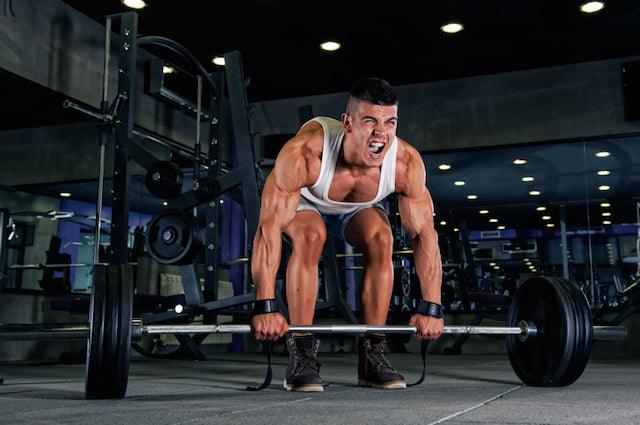

Increasing Power Production for Sports Performance
Table of Contents
How to Get a Stronger Squat for Sports
Being powerful is important for any sport. The faster an athlete can produce great amounts of force, the quicker he can start, stop, and change directions. If you want to have a good squat or have a great standing jump, make one thing certain, you need to be explosive. Olympic lifters are the perfect athletes to demonstrate explosive power. They lift the bar quickly during practice and are taught to perform each rep as explosively as possible. If you look at the definition of power, its Force ÷ Time = Power. It’s force divided by time. Olympic Weightlifters use explosive leg extension to move heavily loaded barbells in the snatch, clean, push jerk and split jerk. Essentially, they’re jumping to move the weight. Research has shown lower body power outputs in cleans and snatches to be up to 3 times higher than those measured during squats, even though the barbells were much heavier in the squat groups.

The best way to train for maximal power is currently unclear. The development of muscular power is often a key focus of sports performance enhancement programs. Researchers conducted the results of several studies (i.e. meta-analysis) and examined the effect of load on peak power during the squat, jump squat, power clean, and hang power clean, thus integrating the findings of various studies to provide the strength and conditioning professional with more reliable evidence upon which to base their program design.

A total of 27 studies with 468 subjects and 5766 effect sizes met the inclusion criterion and were included in the statistical analyses. The researchers examined one of three intensity zones: 0 to 30 % of one repetition maximum (1RM); 30 and 70 % of 1RM; and Zone 3 ≥70 % of 1RM. After all the information was studies, the researchers found moderate loads (from >30 to <70 % of 1RM) appear to provide the optimal load for power production in the squat exercise. Lighter loads (≤30 % of 1RM) showed the highest peak power production in the jump squat. Heavier loads (≥70 % of 1RM) resulted in greater peak power production in the power clean and hang power clean. So if your looking for optimal performance in sports it seems that a weight lifting load between 30 and 70% produce peak productions in power. The interesting finding is that this is the first study which pin-pointed exact percentages for getting stronger in the squat, jump squat, and Olympic lifting.
In sum, the researchers found:
- Moderate loads (from >30 to <70 % of 1RM) appear to provide the optimal load for power production in the squat exercise.
- Lighter loads (≤30 % of 1RM) showed the highest peak power production in the jump squat.
- Heavier loads (≥70 % of 1RM) resulted in greater peak power production in the power clean and hang power clean.
The optimal load for maximal power production during lower-body resistance exercises: a meta-analysis, by Soriano, Jimenez-Reyes, Rhea, and Marın, in Sports Medicine (2015).
Kawamori, N., Crum, A., Blumbert, P., Kulik, J., Childers, J., Wood, J., Stone, M., & Haff, G. (2005). Influence of different relative intensities on power output during the hang power clean: Identification of the optimal load. Journal of Strength and Conditioning Research. 19(3). pp 698-708.
MUSCLE MEDIA MAGAZINE FOR MEN
The premier source of training, nutrition, supplements, fat loss and health for men.

















